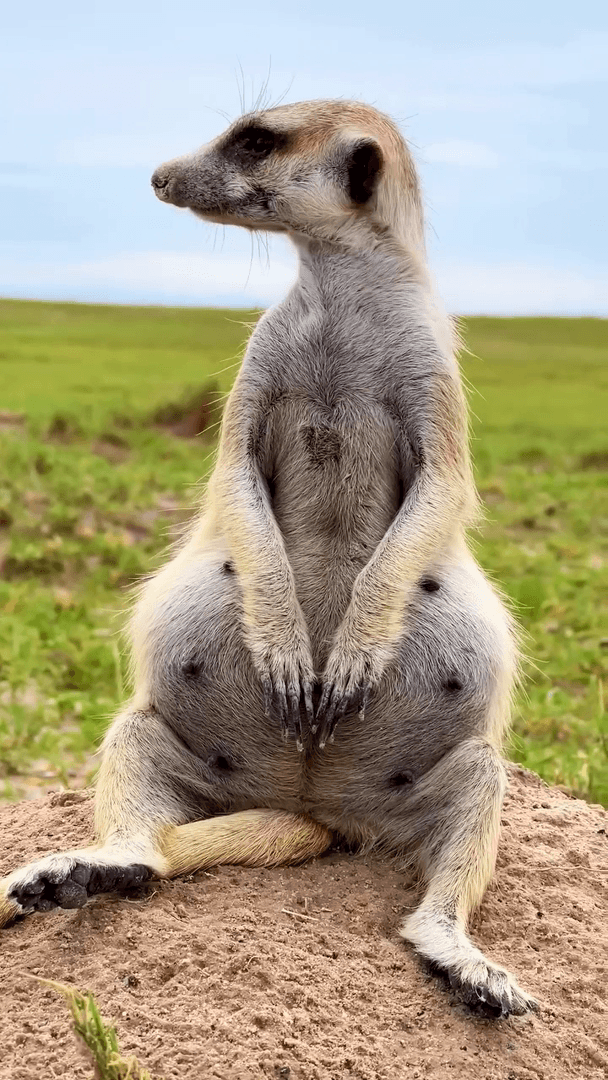
Hunting in the North of Burkina Faso: Sahelian game pursuit, discreet Fulani and Mossi tracking techniques, spiritual codes of restraint, and low-impact desert hunting Scorched plains, windblown trails, and sparse savannah The Nord Region of Burkina Faso lies deep within the Sahel — a band of semi-arid land stretching from the Atlantic to the Red Sea. Here, the climate is harsh: long dry seasons, short erratic rains, and a landscape marked by thorn scrub, fading grass, and scattered acacia trees. Once roamed by large herds and migratory flocks, the region is now shaped by fragility — ecological and social alike. Despite this, hunting endures, not as a sport or luxury, but as a way of surviving and remembering. In the northern provinces of Yatenga, Zondoma, Loroum, and Passoré, hunting is austere, precise, and guided by ancestral instinct. Mossi and Fulani hunting knowledge: austere, adaptive, enduring Among the Mossi farmers and Fulani herders who populate the Nord, hunting has lon
Post: 30 July 10:54
















































